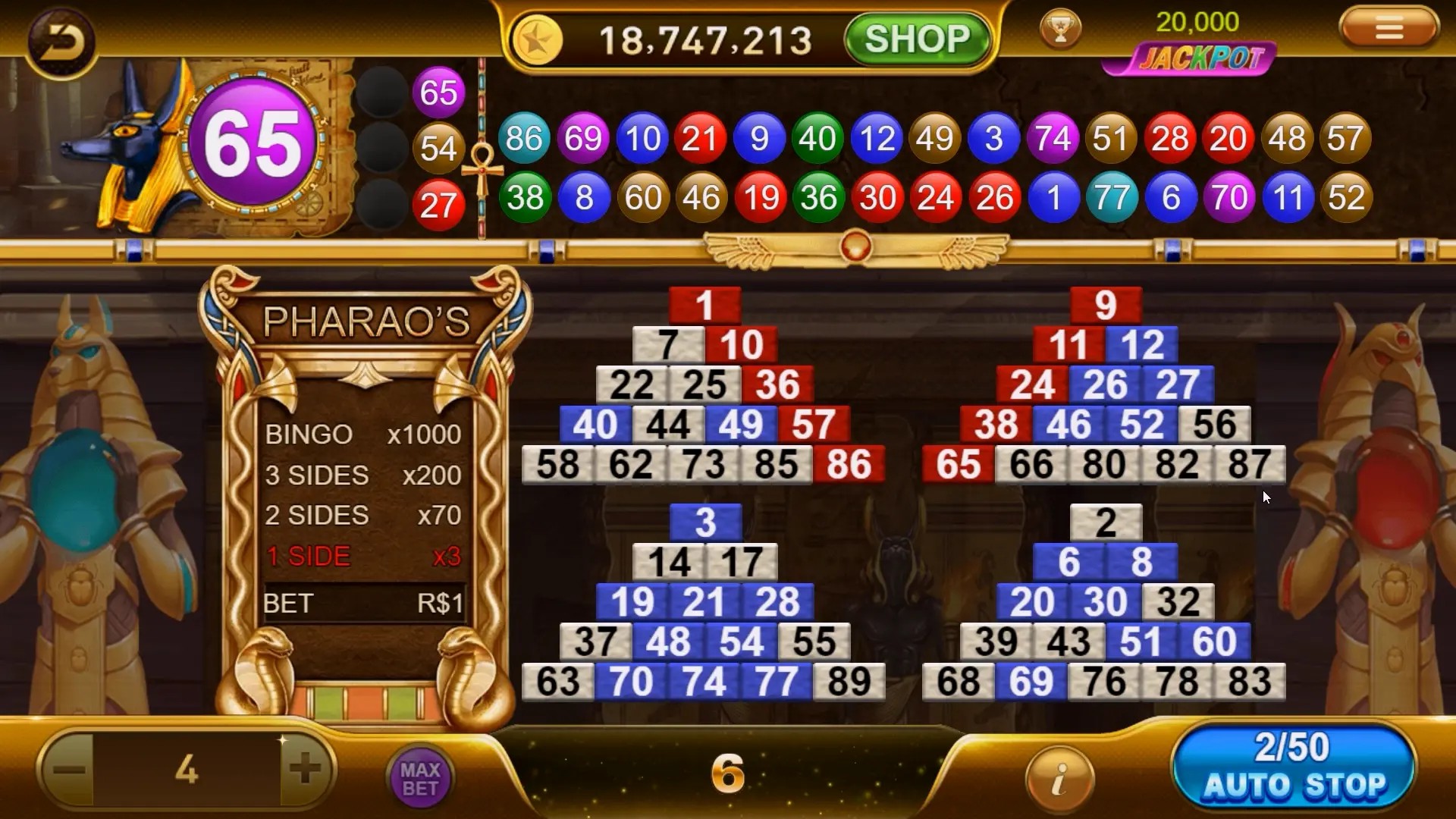Why Hyper Casual Games Are Dominating the Mobile Gaming Industry
The mobile gaming industry is evolving at breakneck speed, and one of the most interesting trends we’re witnessing is the rise of hyper casual games. These quick, simple games have taken the market by storm, attracting millions of players worldwide. But what makes them so appealing? This article explores the dominance of hyper casual games in the mobile gaming landscape.
What Are Hyper Casual Games?
Hyper casual games are characterized by their simplistic gameplay and minimalistic design. The objective is straightforward, making it easy for users to pick up and play without a steep learning curve. Often featuring one-tap controls, these games prioritize quick sessions over extensive backstory or complex mechanics. Some popular examples include:
- Flappy Bird
- Helix Jump
- Paper.io
These games are particularly appealing for users who are looking for quick entertainment during their daily commutes or breaks. Their accessibility and ease of play make them an attractive option for new players and seasoned gamers alike.
The Business Model Behind Hyper Casual Games
The financial model supporting hyper casual games is fundamentally different from traditional mobile games. The primary revenue stream typically comes from advertising, rather than game sales or in-app purchases. This approach allows developers to offer their games for free and still generate substantial income.
| Revenue Model | Description |
|---|---|
| In-App Purchases | Players can buy virtual goods or features. |
| Advertising | Ads are displayed during gameplay, generating revenue from impressions and clicks. |
| Freemium | Basic features are free, but premium content is paid. |
Why Are They So Popular?
A few key factors contribute to the rise of hyper casual games:
- Simplicity: The easy-to-understand mechanics attract a broad audience.
- Short Sessions: Players can enjoy a quick game during short breaks.
- Viral Potential: Shareable aspects encourage word-of-mouth marketing.
As for user engagement, the simplicity coupled with appealing graphics keeps players returning. The ability to play anywhere, anytime, adds to the allure, allowing gamers to dive into fun without a massive time commitment.
The Competition Among Mobile Games
As hyper casual games gain traction, other genres are feeling the heat. EA Sports FC 24 is among the contenders trying to capture a slice of the mobile gaming pie, focusing on realistic gameplay and sports simulation. However, the high production cost and complexity might hinder its reach compared to hyper casual offerings.
In addition, traditional console games are more focused on deep narratives and extensive leads, setting themselves apart from the quick thrills hyper casual games offer. It’s an interesting juxtaposition—where one aims for depth, the other finds strength in simplicity.
Conclusion
To sum up, hyper casual games have carved out a significant niche in the mobile gaming industry due to their simplicity, accessibility, and effective revenue models. In a world where everyone is always on the go, these games provide quick entertainment solutions that resonate with a diverse audience. As the market continues to evolve, the balance between hyper casual and other gaming genres remains intriguing—will simplicity continue to reign, or will complexity make a triumphant comeback? Only time will tell as players express their preferences and developers respond with innovative ideas.



